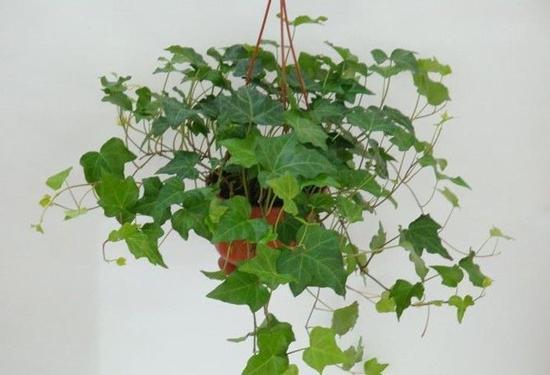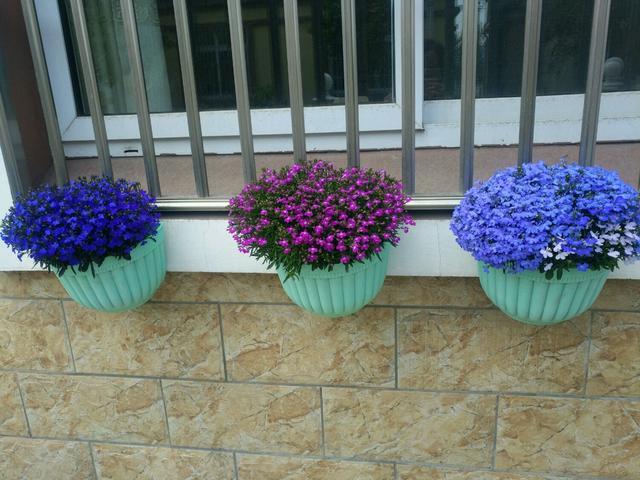How to raise azaleas in the end? don't step on these minefields.

Azaleas like cool and humid environments. Avoid hot heat, strong light and dryness, and are not resistant to drought and waterlogging. But despite all kinds of requirements, we can still grow cuckoos at home, because if we master the "character" of rhododendrons, then the whole thing will become very simple!
Soil, rhododendron is a typical acid soil plant. There are certain requirements for soil conditions. Azaleas like loose, fertile, slightly acidic soils rich in humus, air permeability and water permeability. So when potted azaleas, we can use black slightly sour soil taken from mountains, forests, ditches and ponds and other places to add organic fertilizer. Do not use alkaline soil which is easy to consolidate and has poor air permeability and water permeability.
Cultivation temperature, the best temperature for breeding azaleas is between 12 and 25 degrees. This temperature is suitable for azaleas to grow and blossom. Azaleas should be placed in a cool place to avoid direct sunlight during the hot summer season. And spray water to cool and moisturize.
Watering, azaleas like to be moist, spring growth and flowering period to keep the soil moist, sufficient water, the principle of watering is to see dry watering, but also according to seasonal changes to water. At the same time, add some ferrous sulfate and thin fertilizer water to pour. The water used had better be trapped for a few days. In summer, the temperature is high, the air is dry, and water evaporates quickly. The leaf surface can be sprayed with water to maintain the humidity of the air while ensuring the moisture in the soil. You can see the dry water in winter.
For fertilization, azaleas do not have high requirements for fertilizer. It is necessary to grasp the principle of applying thin fertilizer frequently. If the nutrients in the flowerpot can meet the supply of nutrients for the growth and development of azaleas, do not apply too much fertilizer. Some thin fertilizer can be applied properly during the growth and flowering period.
The common diseases and insect pests of rhododendron are bud drop, leaf drop, brown spot, etc., and the insecticide methyl topiramate wettable powder diluent is used to treat the disease. The occurrence of bud loss is the soil in the flowerpot during the spring budding and flowering period, and the air is too dry. If the buds stop growing and drop buds, it can also be that there are too many leaves beside the buds competing for nutrients, resulting in the lack of nutrients in the buds. At this time, it is time to increase the nutrient supply and remove the excess buds and leaves in time. Leaf loss is related to the change of environment, unreasonable watering and improper fertilization lead to rotten roots and leaves. At this time, when we change the azaleas growing environment, we should keep the air breathable and the soil moist. Don't water too much or too little. Topdressing should not be too thick to avoid burning roots, leaves and dead plants.
Pruning, according to plant type and flower age, timely pick off the withered branches of the residual flowers, cut off the sick and unreasonable branches to reduce nutrient consumption. Ensure the growth of the rest of the branches. The old stem of the main branch is too tall and can be cut about 30 cm from the basin soil in order to grow old and sprout new branches and plump plant type. The pruning of the whole pot of azaleas should be pruned irregularly. To achieve a pot of azaleas with beautiful plant shape and strong ornamental.
- Prev

Ivy is supposed to grow so fast that it climbs all over the wall in a month.
Ivy is a typical shade-resistant plant that grows in a warm, moist, sunny environment. It is not resistant to high temperature, cold-resistant climbing strong evergreen plants. As a domestic ornamental flower is quite suitable, of course, the most important point, it has been cultivated.
- Next

The most worthwhile potted flowers are well cultivated, such as green apples that can blossom and burst pots in the four seasons if they are thrown into the soil.
Guide green potted plants is a necessary embellishment of home life, raising some flowers and plants at home, many benefits, not only can beautify the room, but also happy mood. "Hua Sheng potted Plant Diary No. 1169" takes you to know a kind of flower that is worth getting. Today.
Related
- Wuhan Hospital Iron Tree Blooming Result Was Instantly Frightened by the Gardener Master
- Which variety of camellia is the most fragrant and best? Which one do you like best?
- What is the small blue coat, the breeding methods and matters needing attention of the succulent plant
- Dormancy time and maintenance management of succulent plants during dormancy
- Minas succulent how to raise, Minas succulent plant pictures
- What are the varieties of winter succulent plants
- How to raise succulent plants in twelve rolls? let's take a look at some experience of breeding twelve rolls.
- Attention should be paid to water control for succulent plants during dormant period (winter and summer)
- Watering experience of twelve rolls of succulent plants
- Techniques for fertilizing succulent plants. An article will let you know how to fertilize succulent plants.

